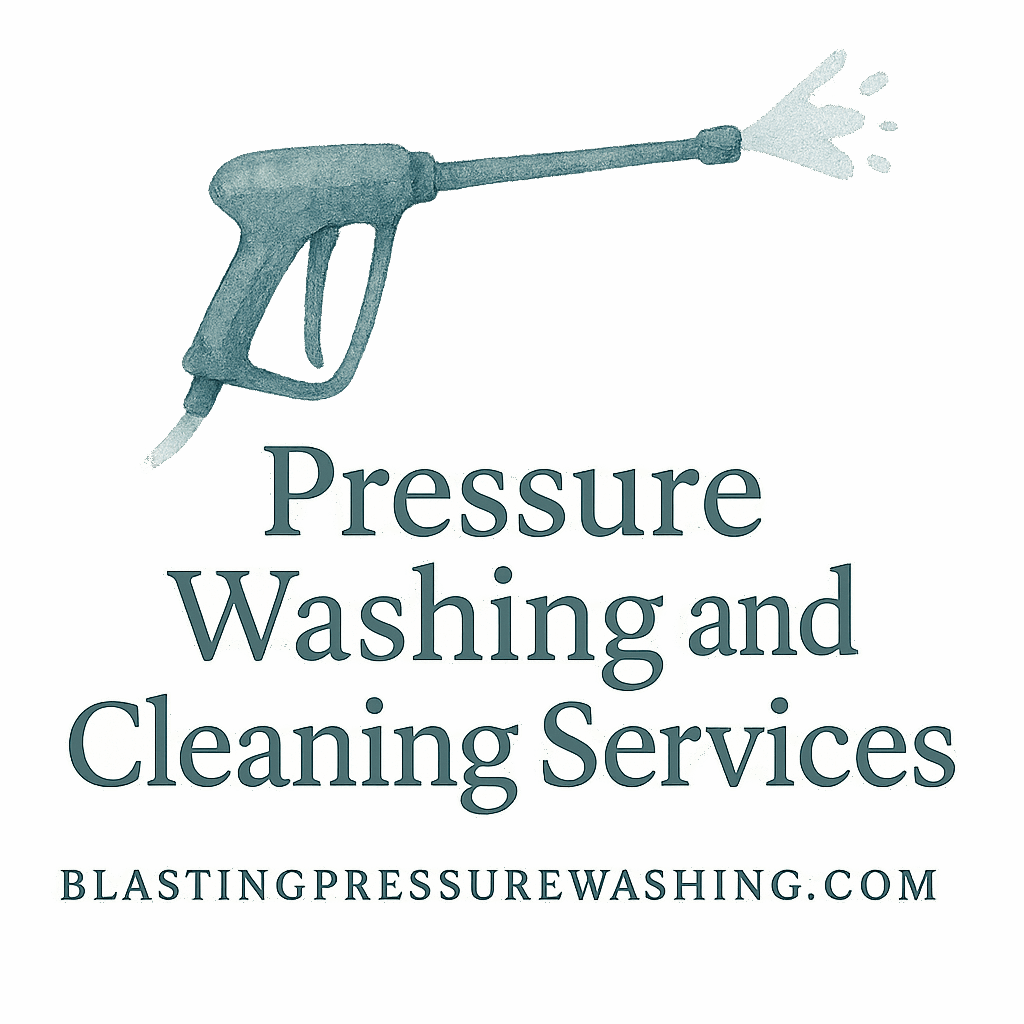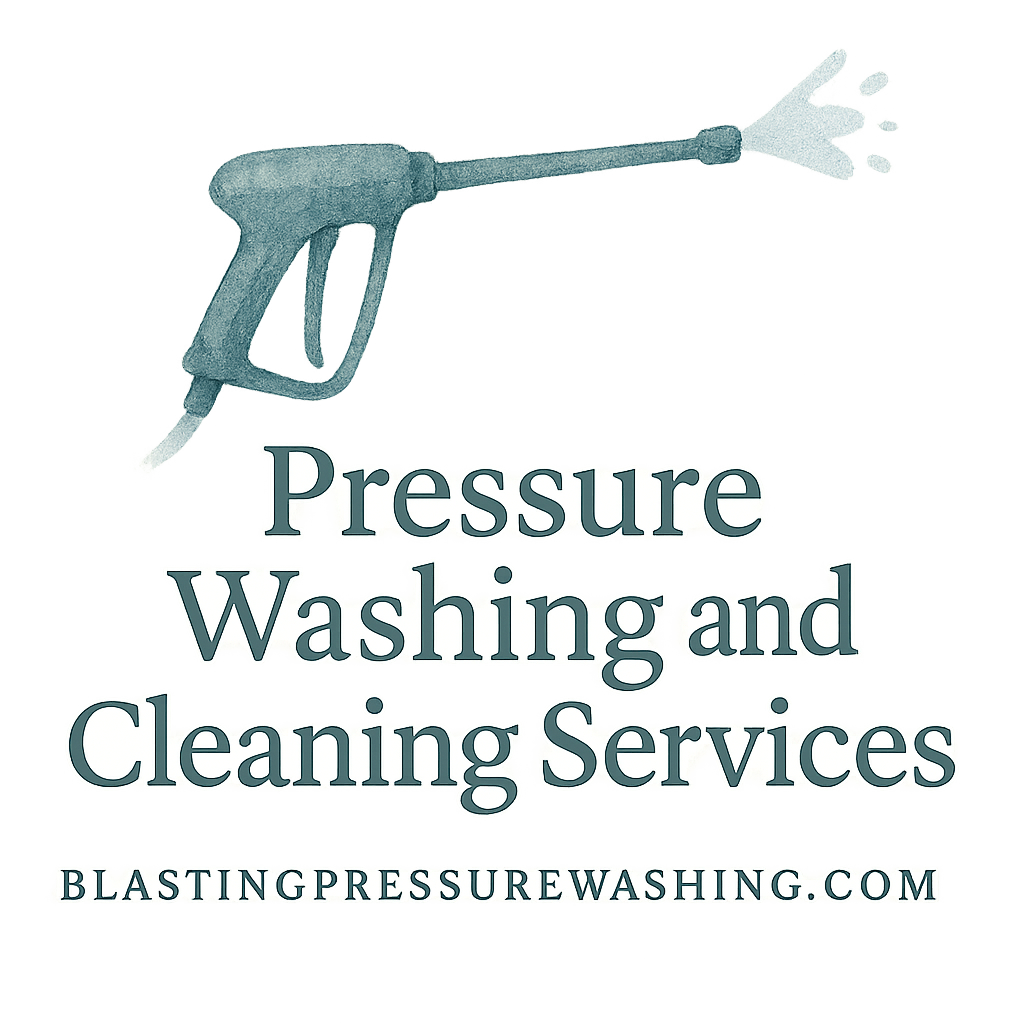Keeping your home or commercial property in great shape isn’t just about mowing the lawn or painting the walls. If you’re ignoring what’s stuck on your siding, roof, driveway, or gutters, you’re letting slow but serious damage sneak in. That’s where pressure washing comes in—not just as a cleaning trick, but as a long-term damage prevention superhero.
Let’s dive into how pressure washing doesn’t just make things sparkle—it saves you money and heartache down the road.
Introduction
Think of pressure washing like brushing your property’s teeth. Sure, everything might look okay now, but neglect the grime and you’ll pay for it later. Pressure washing is more than cosmetic. It protects your home or business from expensive repairs by stopping deterioration before it starts.
Now, let’s break down exactly how pressure washing prevents long-term damage, one dirty surface at a time.
1. Removes Mold and Mildew Before It Spreads
How Mold and Mildew Eat Away at Surfaces
Ever seen green fuzz or black patches on your walls or sidewalks? That’s mold or mildew having a field day—and it’s bad news.
These microorganisms trap moisture, cause rot, and even break down concrete over time. On painted surfaces, they lead to bubbling and peeling. Worse, they spread. Fast.
Pressure Washing as a Preventative Solution
With a solid blast from a pressure washer, these sneaky destroyers are gone. You’re not just cleaning the surface—you’re preventing future growth and structural damage.
Related Resource: Residential Pressure Washing
2. Stops Wood Rot and Deck Decay in Its Tracks
Why Moisture + Debris = Disaster for Wood
Wood loves to soak up water. And if your deck or fence is covered in grime, it’s even worse. Wet, dirty wood is the perfect environment for rot, fungus, and insects.
Seasonal Pressure Washing to the Rescue
Regular pressure washing strips away the gunk before it traps moisture. By doing this each season, especially in damp months, you’re extending the life of your deck by years.
Tip: Combine with sealant for even stronger defense.
Read More: Seasonal Pressure Washing Tips
3. Prevents Concrete Cracking and Surface Deterioration
How Dirt and Algae Weaken Concrete Over Time
Think concrete is invincible? Not quite. When grime and algae take over your driveway or sidewalk, they cause it to retain water. That moisture seeps into tiny cracks, freezes in winter, and expands—leading to big ugly cracks.
Pressure Washing Enhances Longevity
A clean concrete surface dries faster, stays stronger, and lasts longer. Pressure washing removes embedded gunk, oils, and plant growth—things a garden hose just can’t touch.
Discover Tools & Techniques: Pressure Washing Techniques & Tools
4. Blocks Roof Damage and Premature Shingle Wear
Roof Contaminants That Shorten Lifespan
If your shingles look like they have black streaks or green fuzz, you’ve got a problem. Moss, algae, and lichen trap moisture under shingles and can cut your roof’s life in half.
Pressure Washing as Roof Preservation
Soft pressure washing (yes, there’s a gentle version) removes these contaminants without damaging your roof. It’s like exfoliating your home—getting rid of the bad stuff so the good stuff stays intact.
Important: Never DIY this—roof washing is a job for pros.
Explore More: Commercial Pressure Washing
5. Protects Paint and Siding from Chipping and Peeling
Dirt + Debris = Paint’s Worst Enemy
When your siding collects dirt, mold, and pollen, it does more than look ugly. That buildup breaks the seal between paint and surface, causing it to peel, chip, or bubble.
Prepping for Paint or Keeping It Fresh
Pressure washing acts like a power reset. Whether you’re repainting or just maintaining, a clean surface means better adhesion, longer life, and a brighter, fresher look.
Tag It: #home-exterior, #curb-appeal

6. Keeps Gutters Clear to Prevent Water Damage
Why Clogged Gutters Are a Major Threat
When gutters fill with leaves, moss, and dirt, they don’t drain properly. Water overflows, seeps into walls, floods basements, and erodes foundations. The damage adds up fast.
The Role of Pressure Washing in Gutter Care
A strong pressure wash clears everything out and ensures your gutters flow freely. This is especially crucial in rainy seasons when overflow can cost thousands in repairs.
Helpful Tip: Always inspect after heavy storms.
Explore More: Benefits & Safety of Pressure Washing
Why Pressure Washing Is a Long-Term Investment
Let’s be real: pressure washing might feel like a chore, but the return on investment is huge. You’re not just making your property look better—you’re preserving it. Delaying a paint job, avoiding roof repairs, and preventing water damage? That’s money in the bank.
You’ll also increase your property value and curb appeal. Think of it as low-cost insurance for your home’s exterior.
See More Benefits: Tag: Long-Term, Tag: Value
Link-Up: Learn More from the Experts
Want to go deeper? Check out these pressure washing resources and tag pages for more insights:
- 👉 Blasting Pressure Washing Home
- 👉 Pressure Washing Techniques & Tools
- 👉 Benefits & Safety of Pressure Washing
- 👉 Commercial Pressure Washing
- 👉 Seasonal Pressure Washing Tips
Also explore these related tags:
#benefits, #cleaning, #eco-friendly, #residential, #sustainability
Conclusion
Pressure washing isn’t just about aesthetics. It’s about defense—protecting your investment from rot, cracks, mildew, and costly repairs. From your roof down to your driveway, regular pressure washing is one of the smartest, simplest ways to keep your property safe and strong for years to come.
So next time you see dirt building up, think beyond clean. Think damage prevention.
FAQs
1. How often should I pressure wash my home to prevent damage?
Ideally once or twice a year—spring and fall are perfect. High-traffic or humid areas may need more.
2. Is pressure washing safe for all surfaces?
Not all! Wood, roof shingles, and delicate paint need softer pressure or pro-level techniques.
3. Can I use bleach or chemicals with pressure washing?
Yes, but with caution. Use appropriate cleaning agents designed for pressure washers to avoid surface damage.
4. What parts of my home benefit the most from pressure washing?
Roofs, siding, decks, driveways, gutters, fences—anywhere grime collects and moisture gets trapped.
5. Does pressure washing improve home value?
Absolutely. Cleaner homes have higher curb appeal, and well-maintained exteriors are a big selling point.
6. What’s the difference between residential and commercial pressure washing?
Residential services focus on homes; commercial covers larger properties with higher demands.
7. Is it eco-friendly to pressure wash?
Yes—especially when using biodegradable solutions and minimizing runoff. Learn more about eco-friendly practices.


